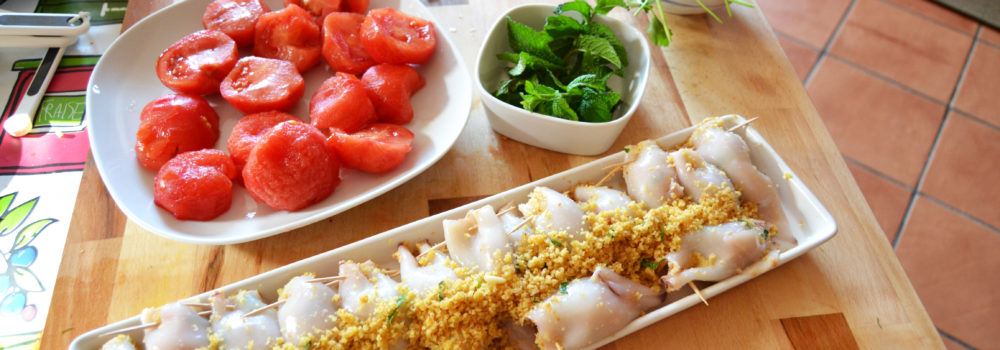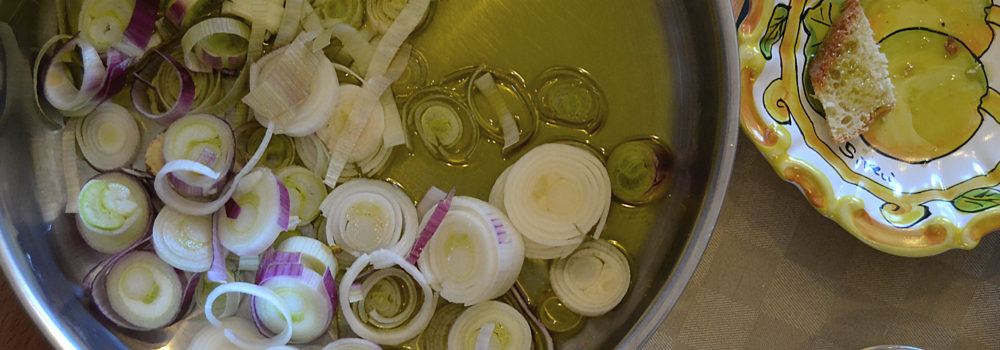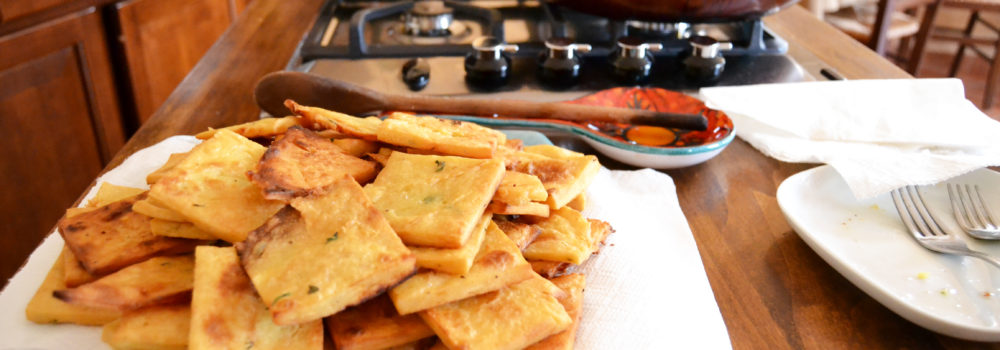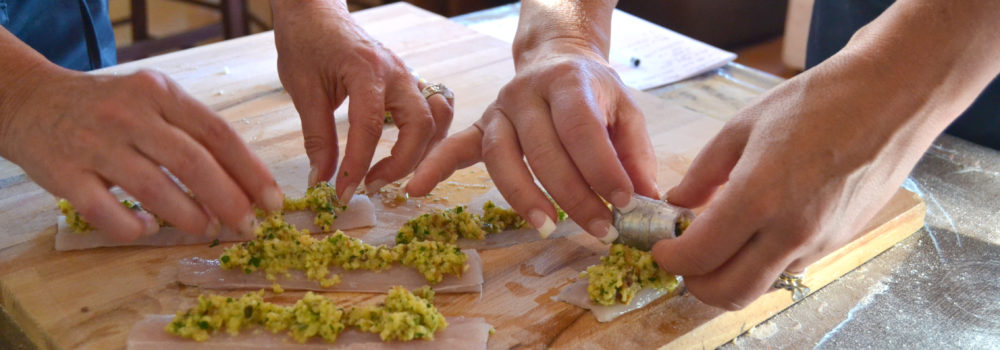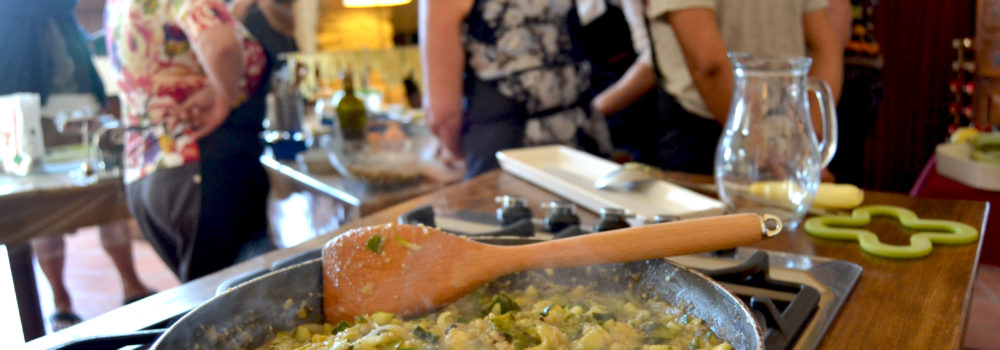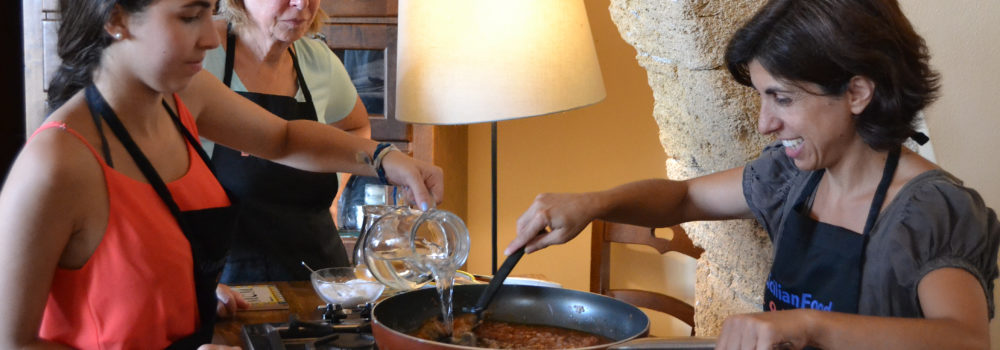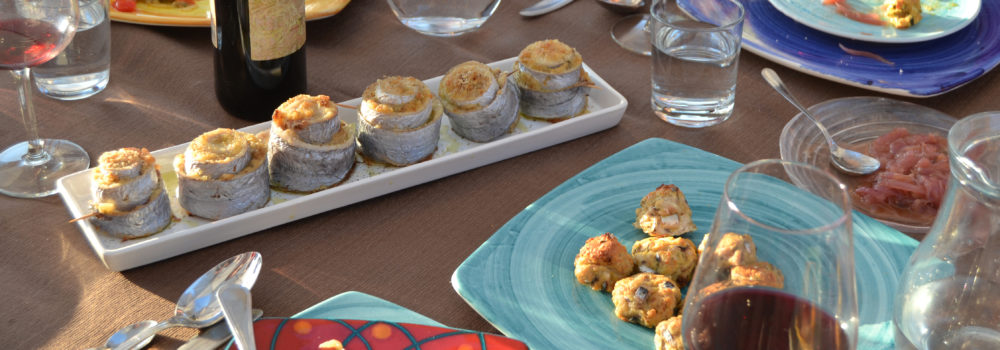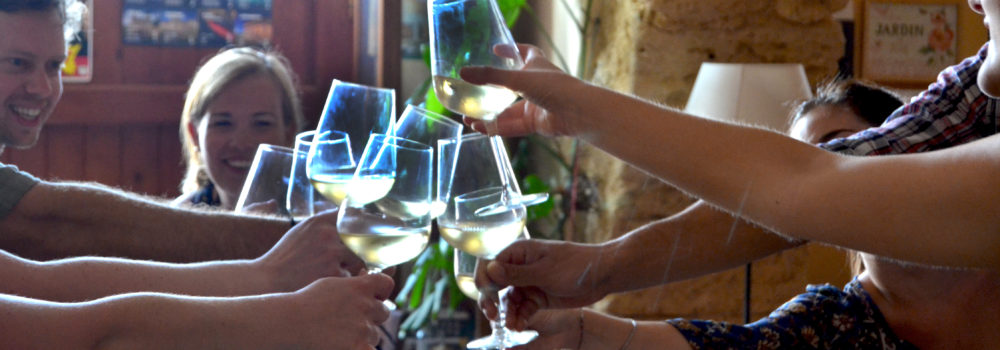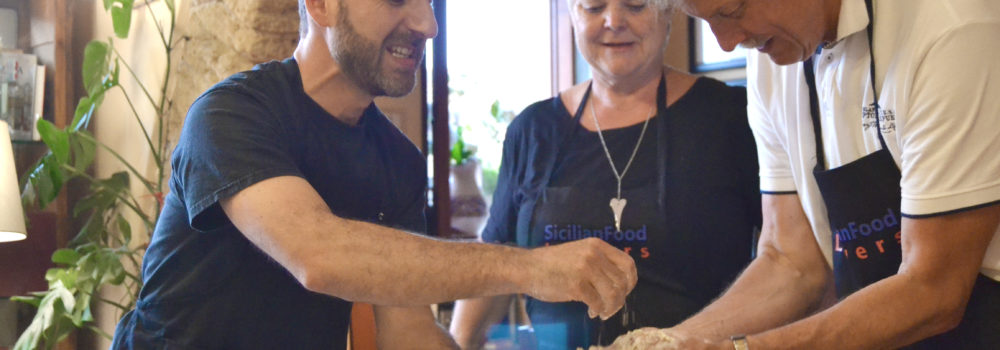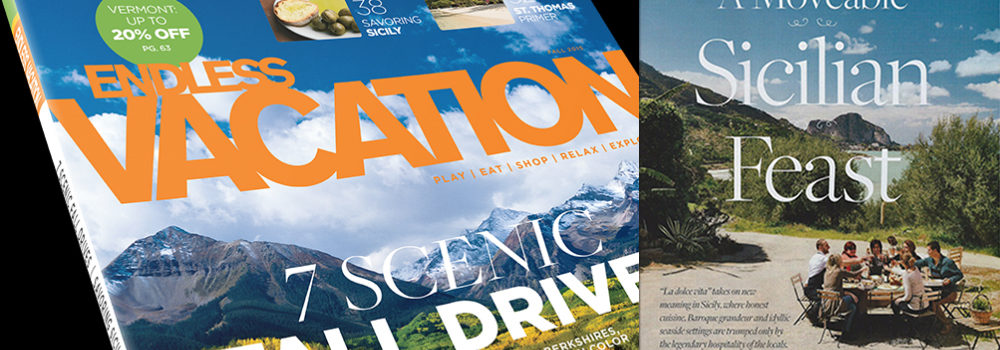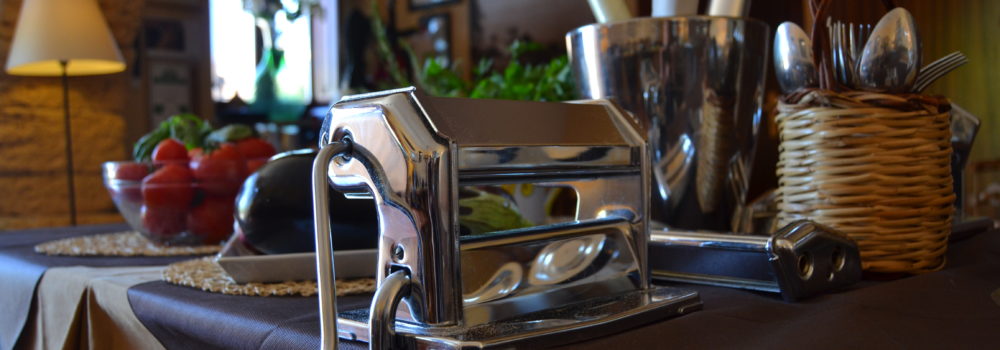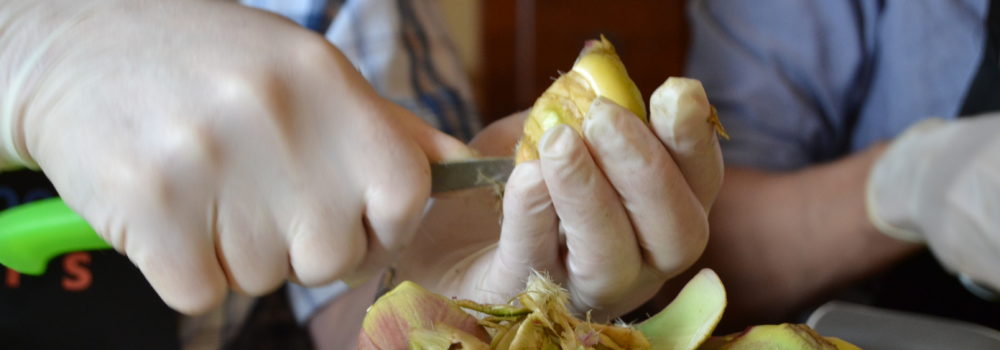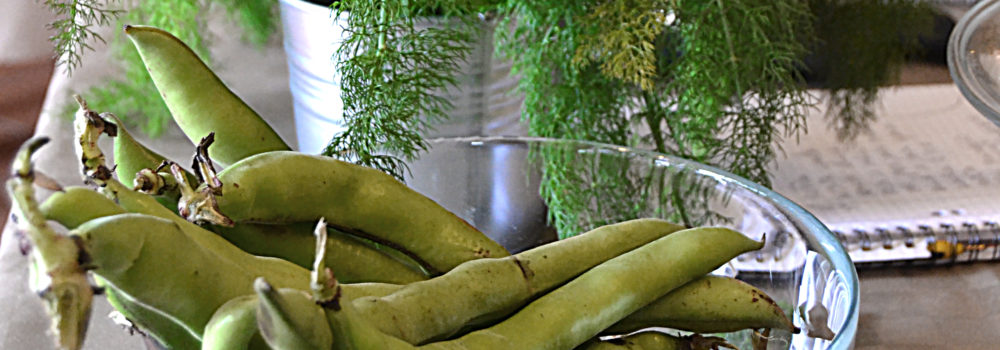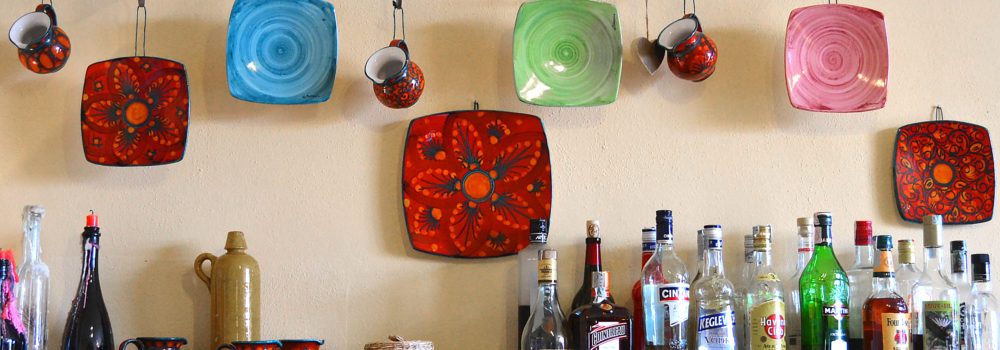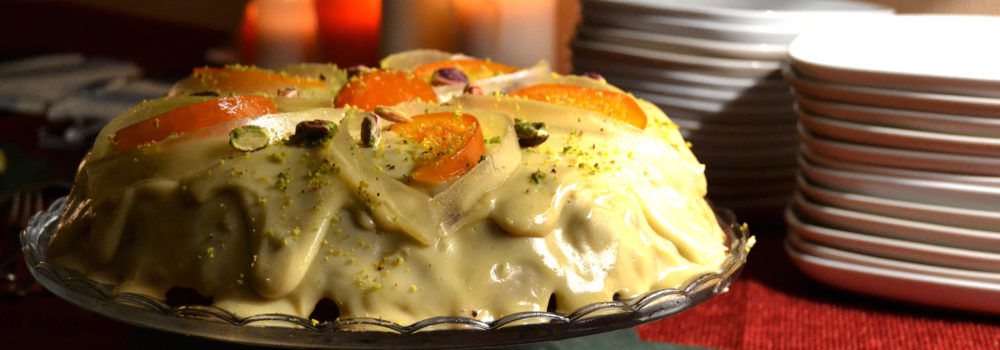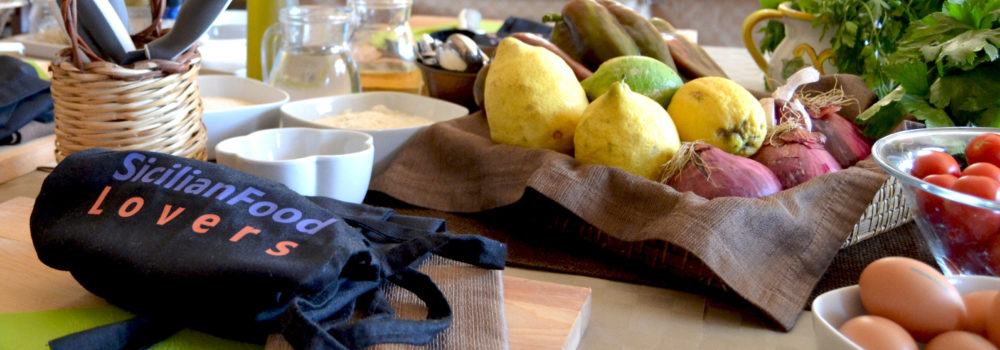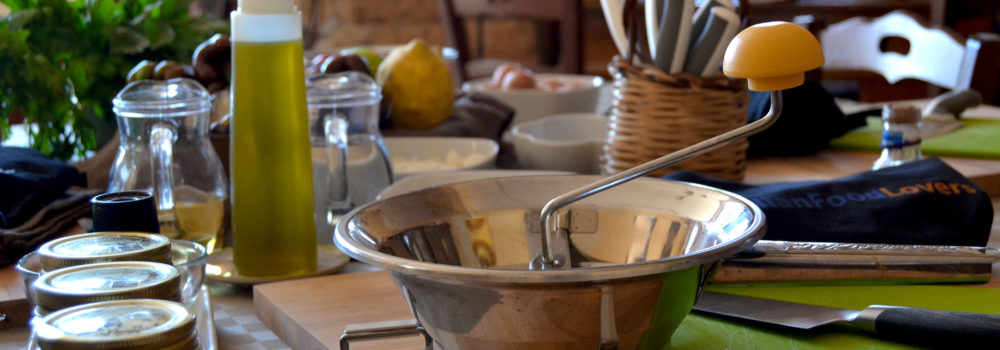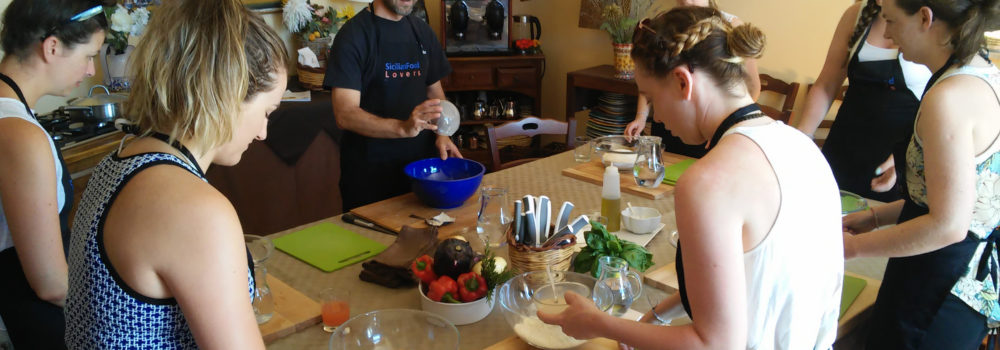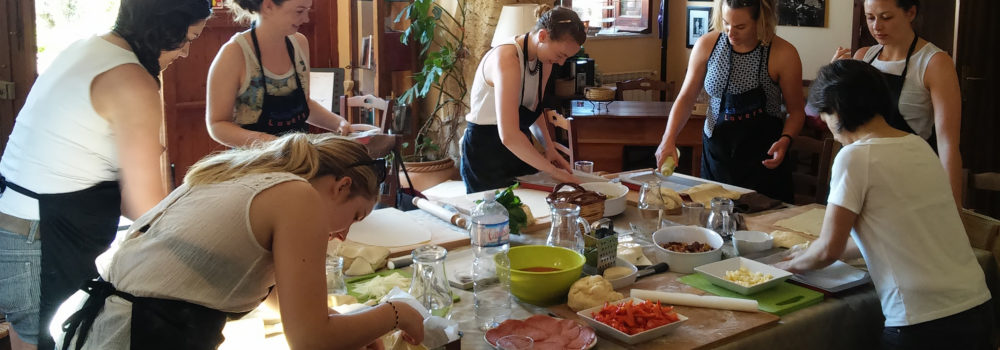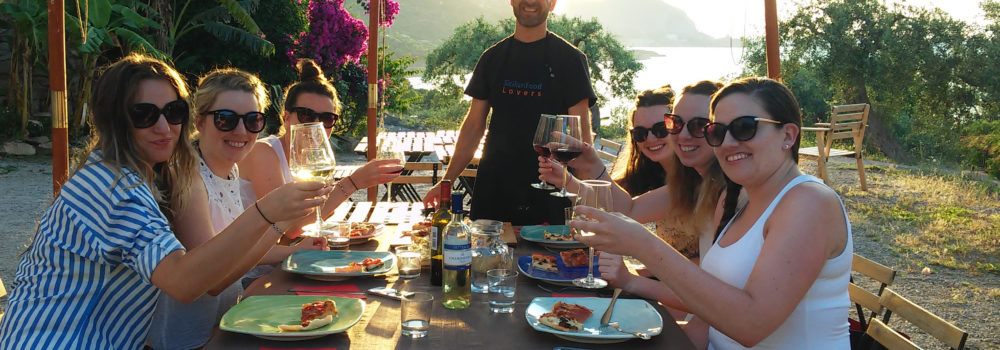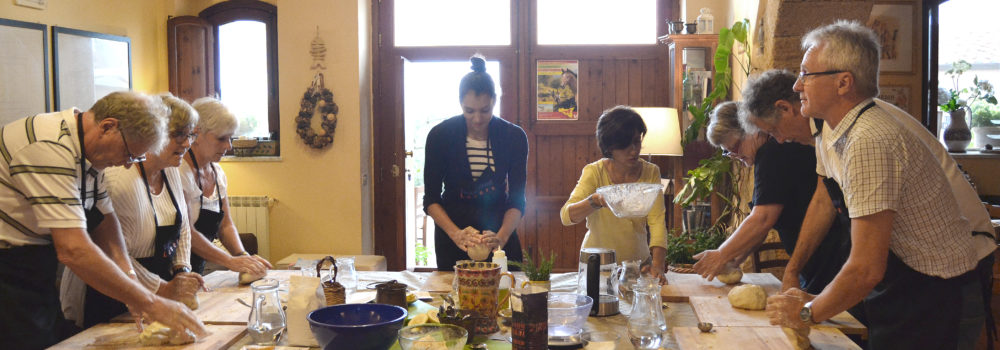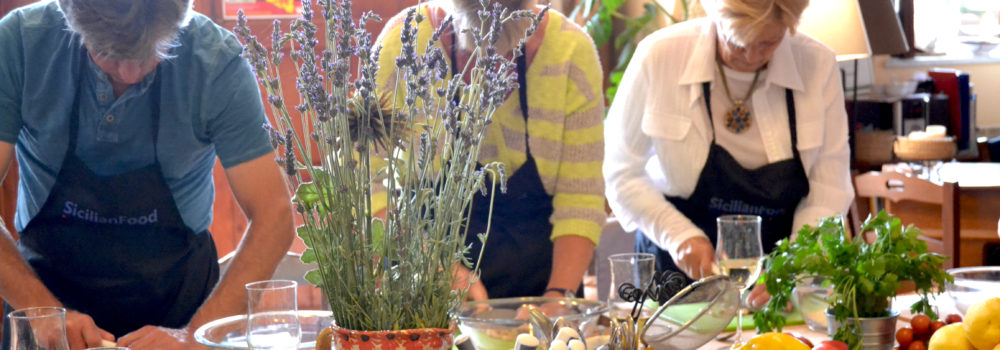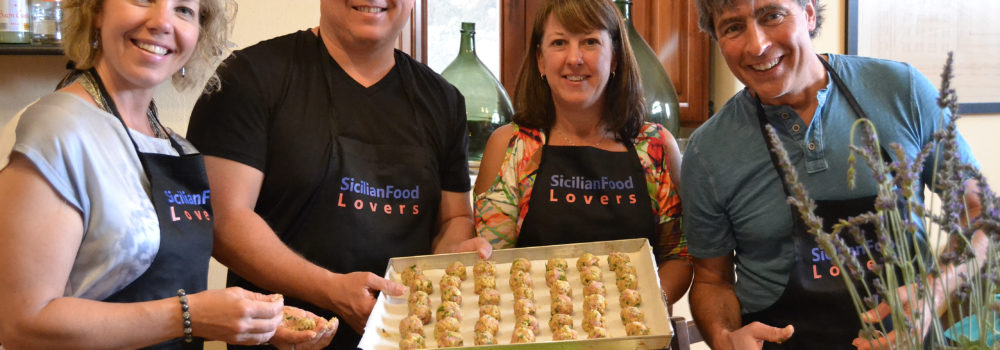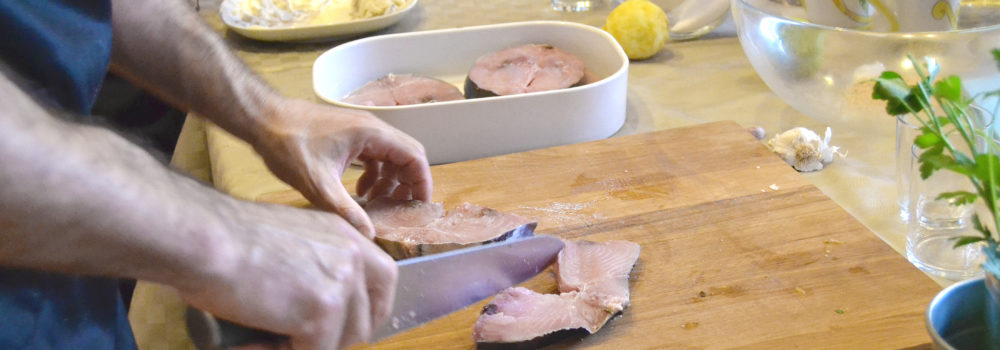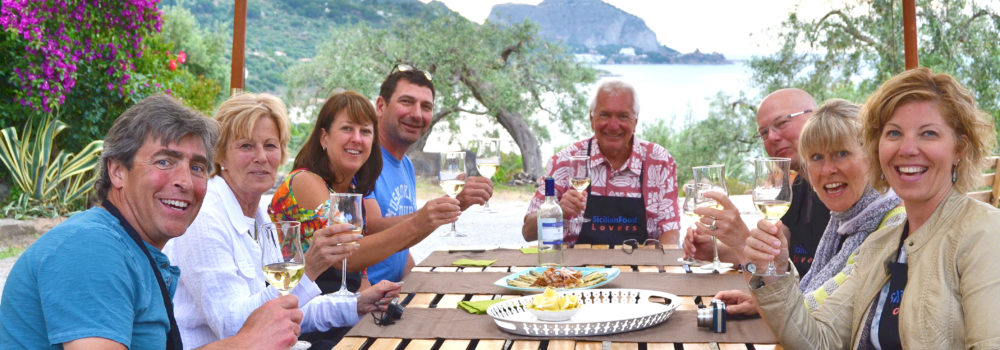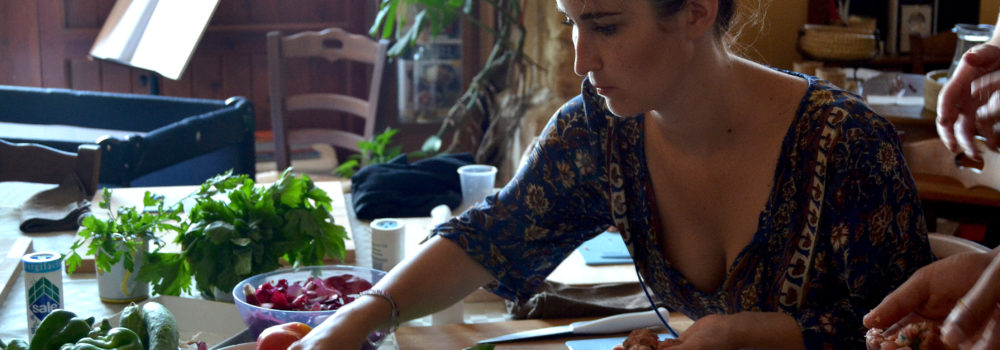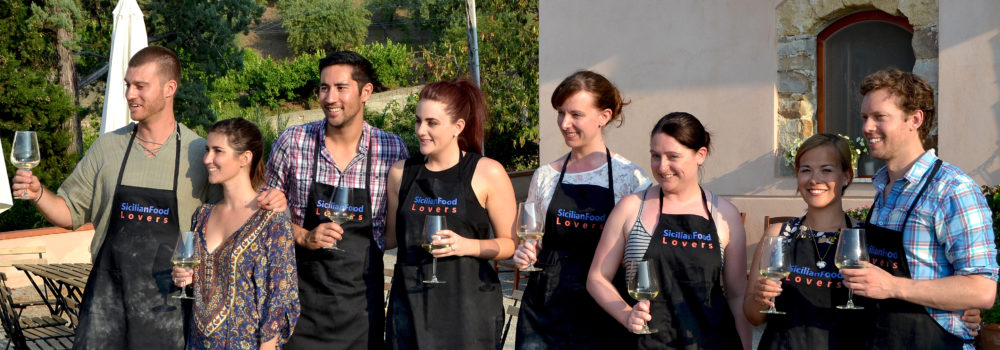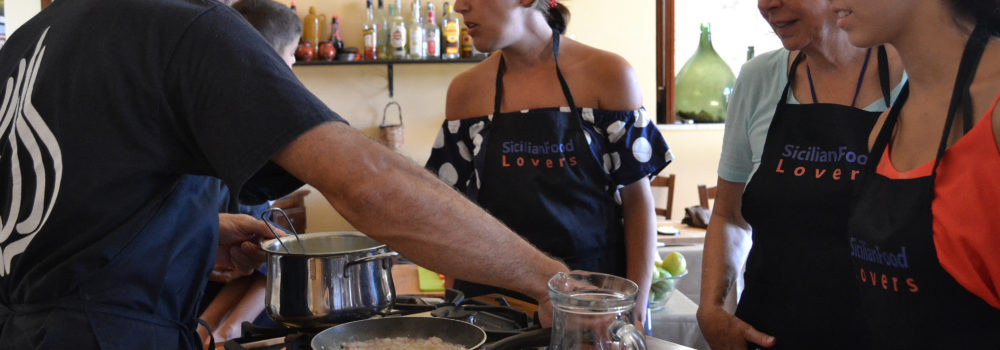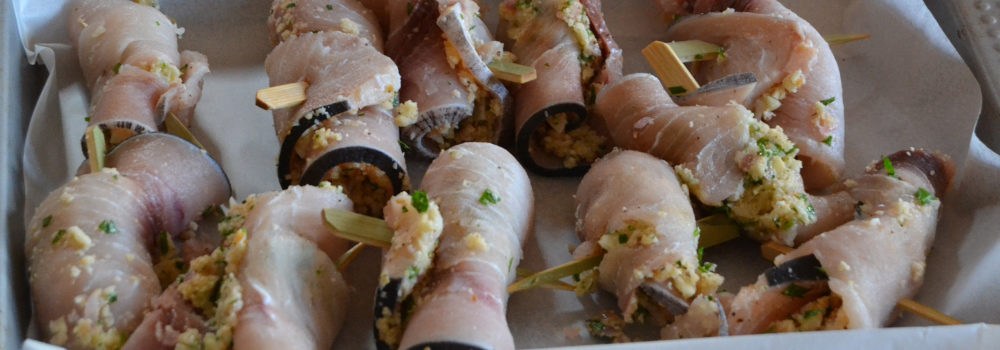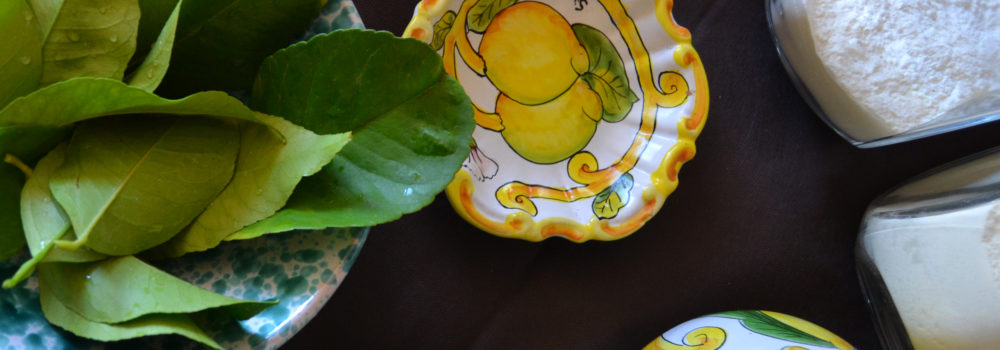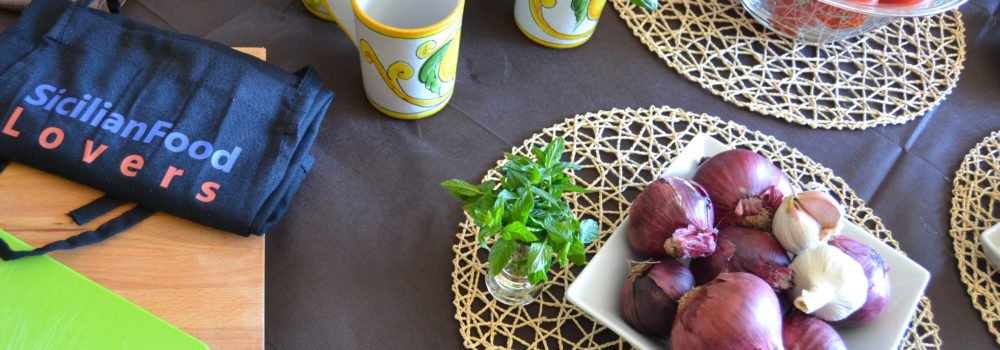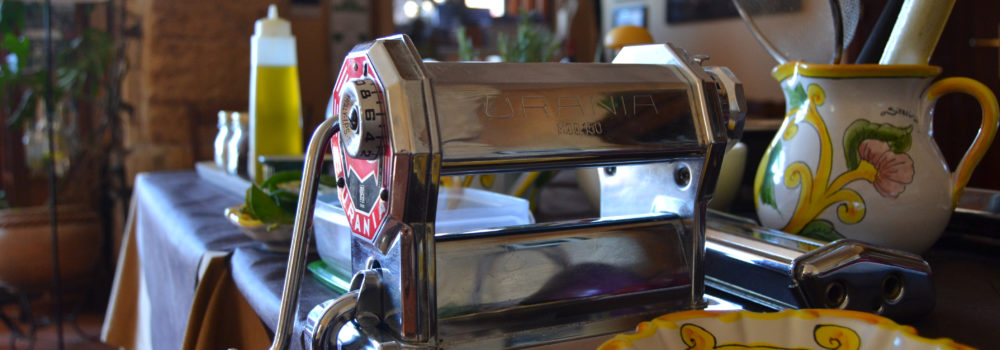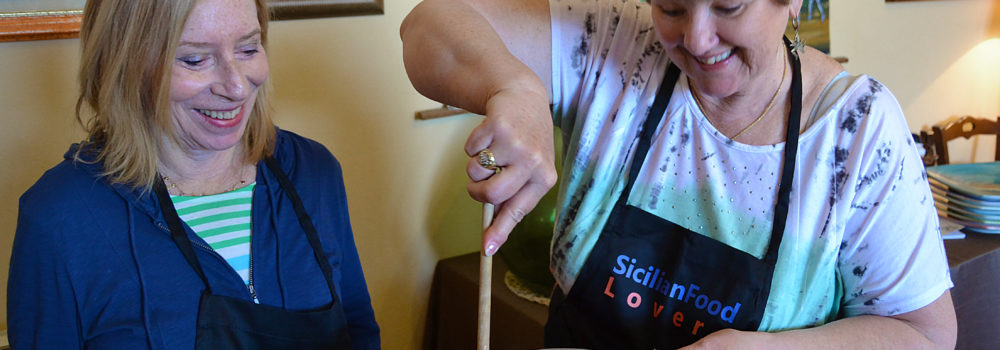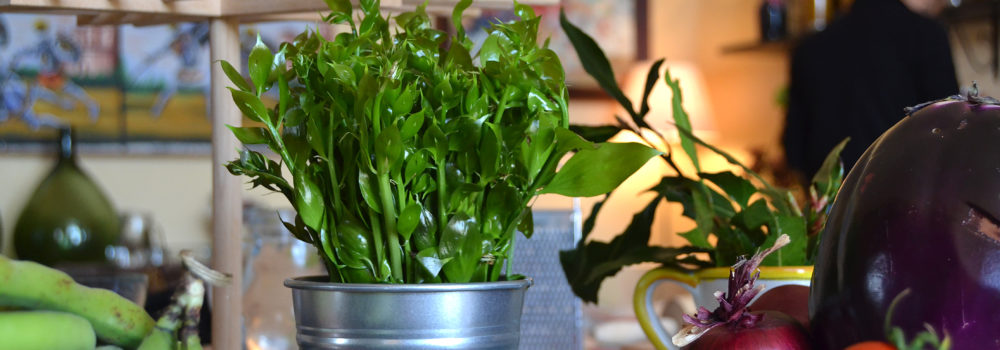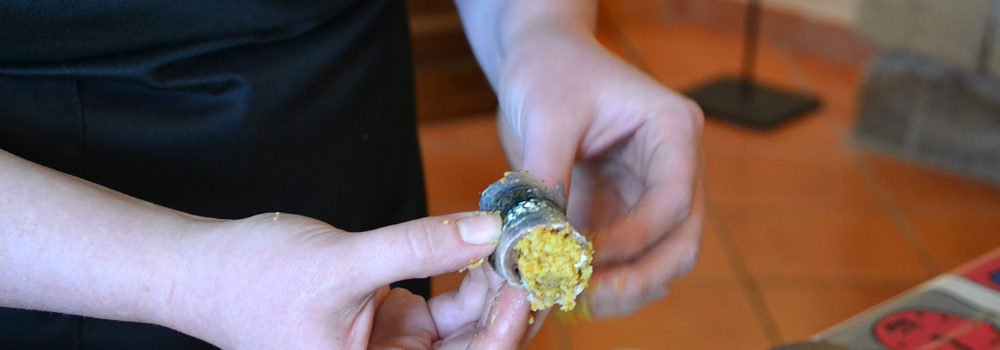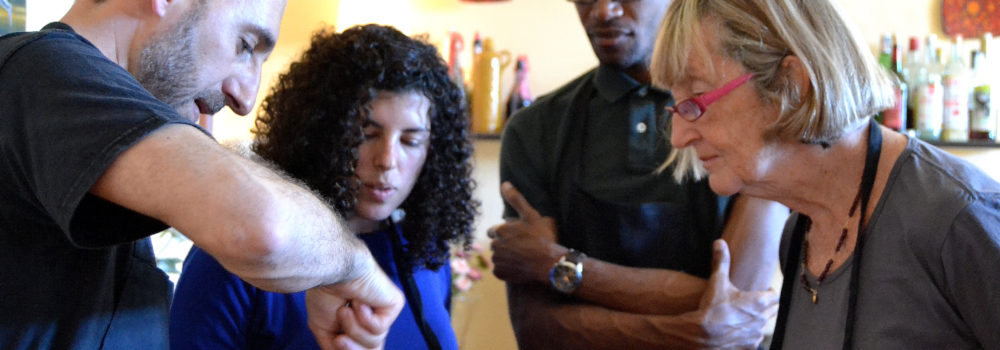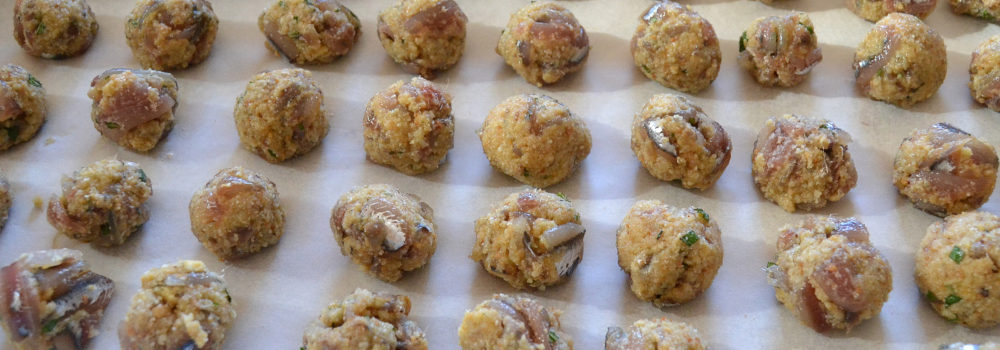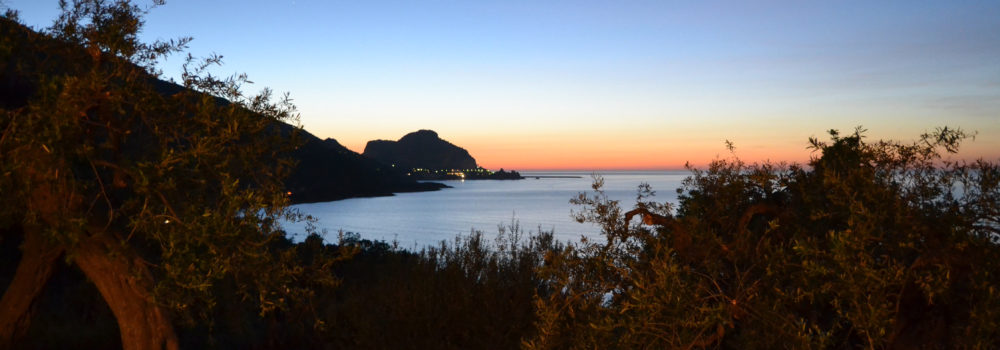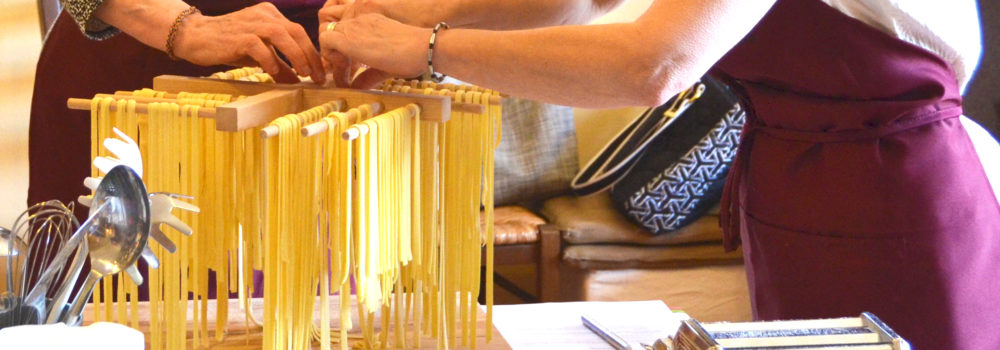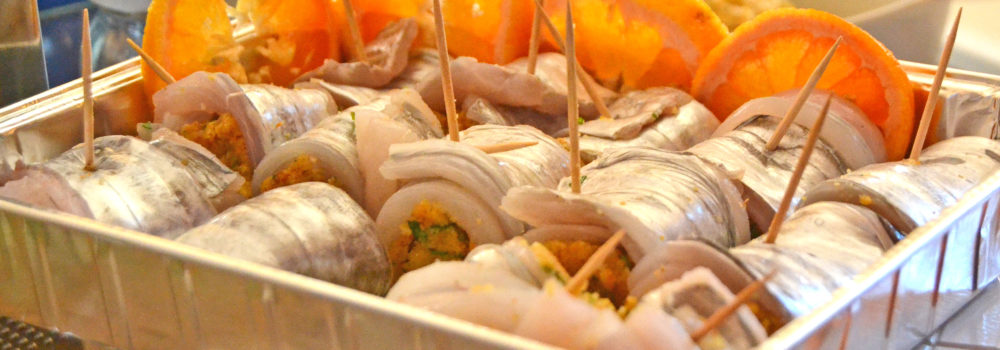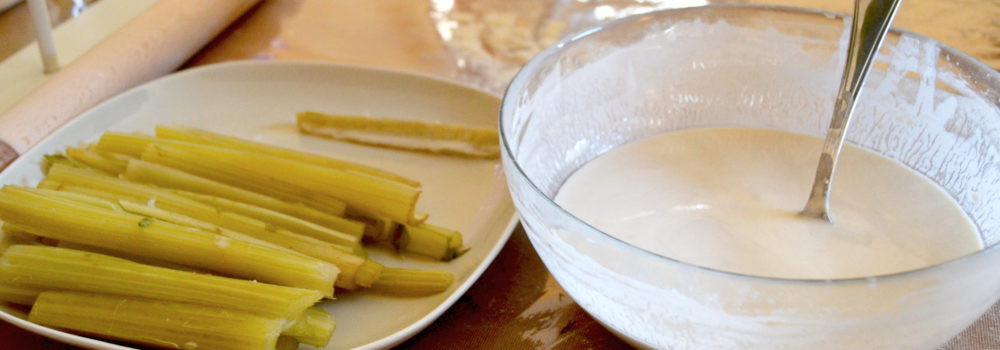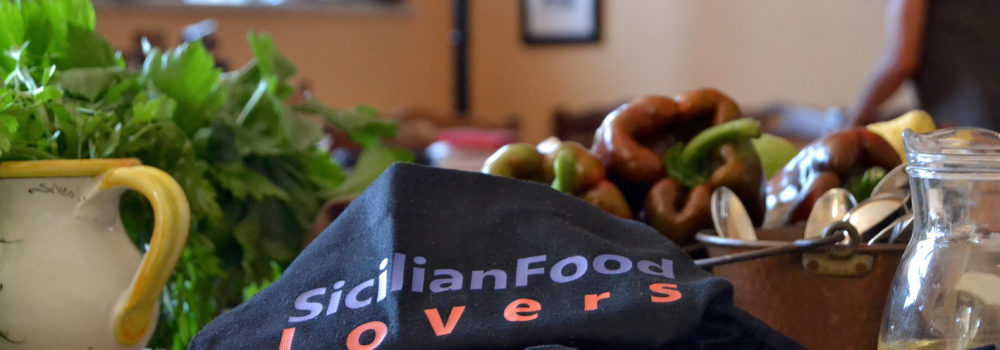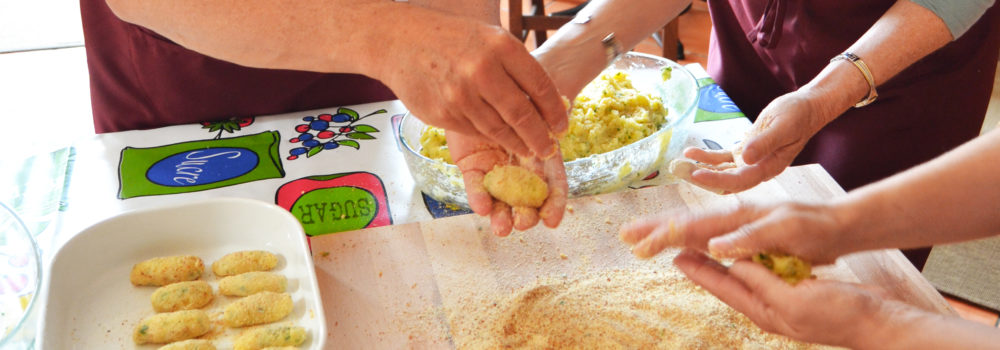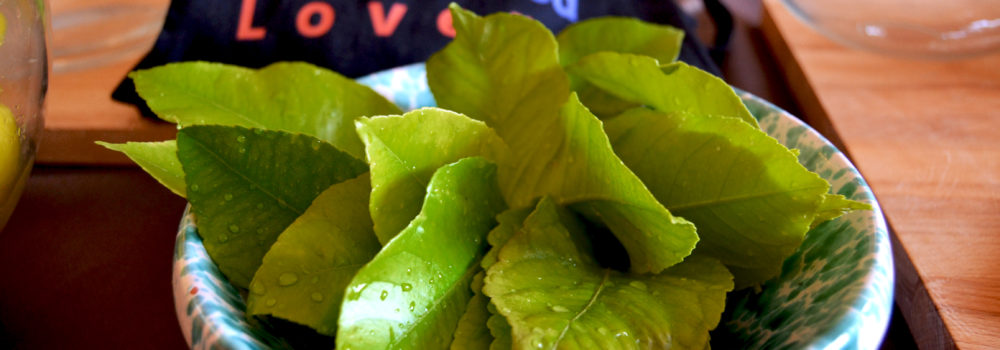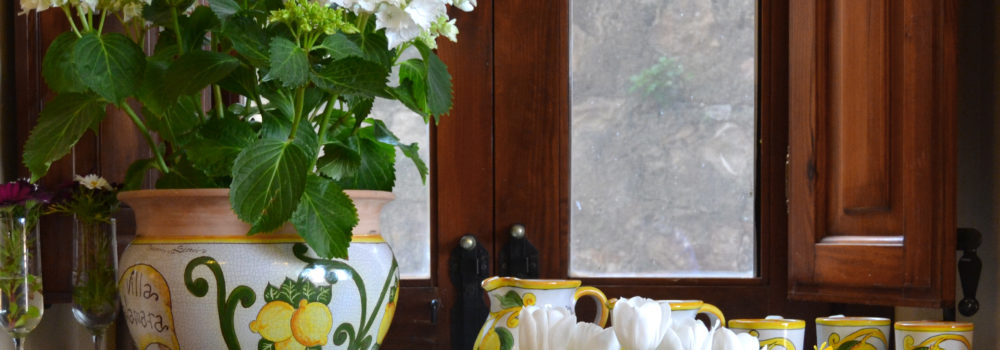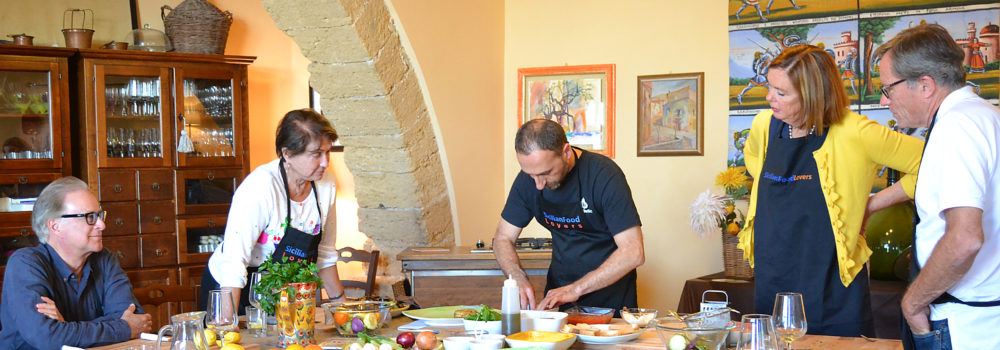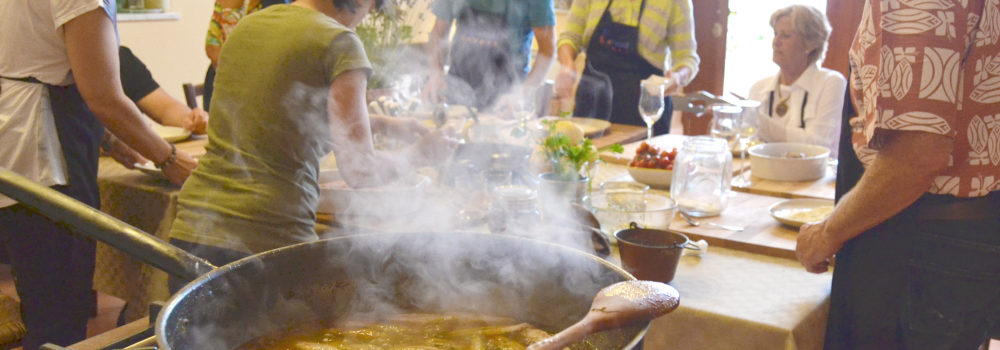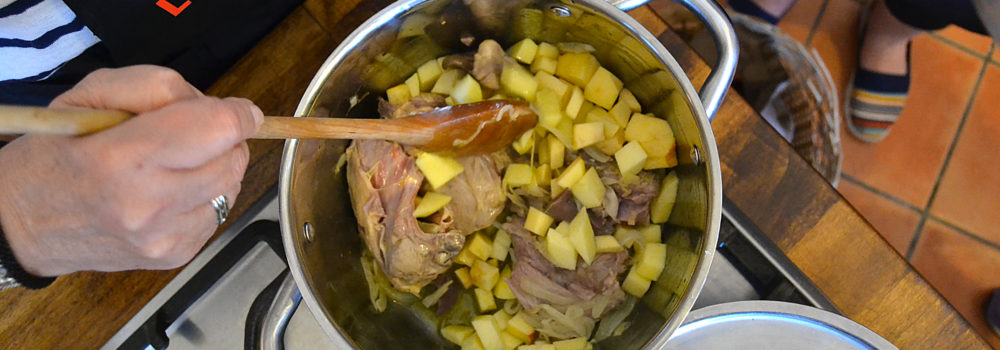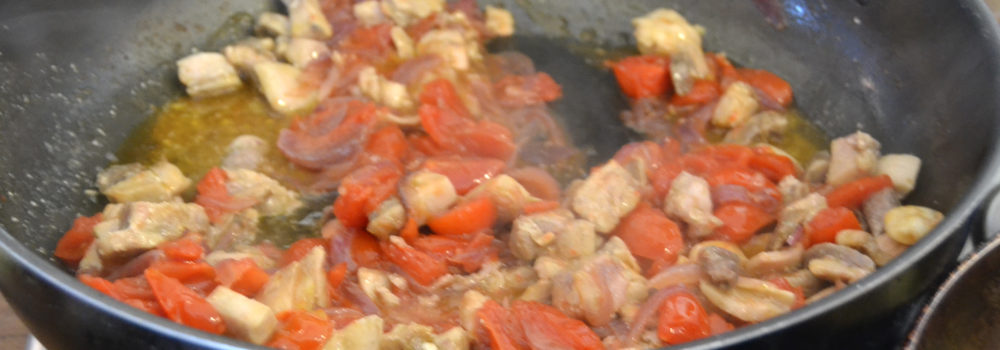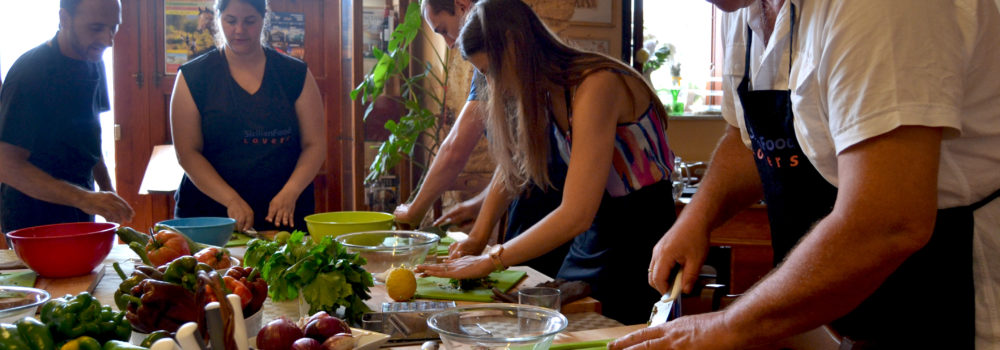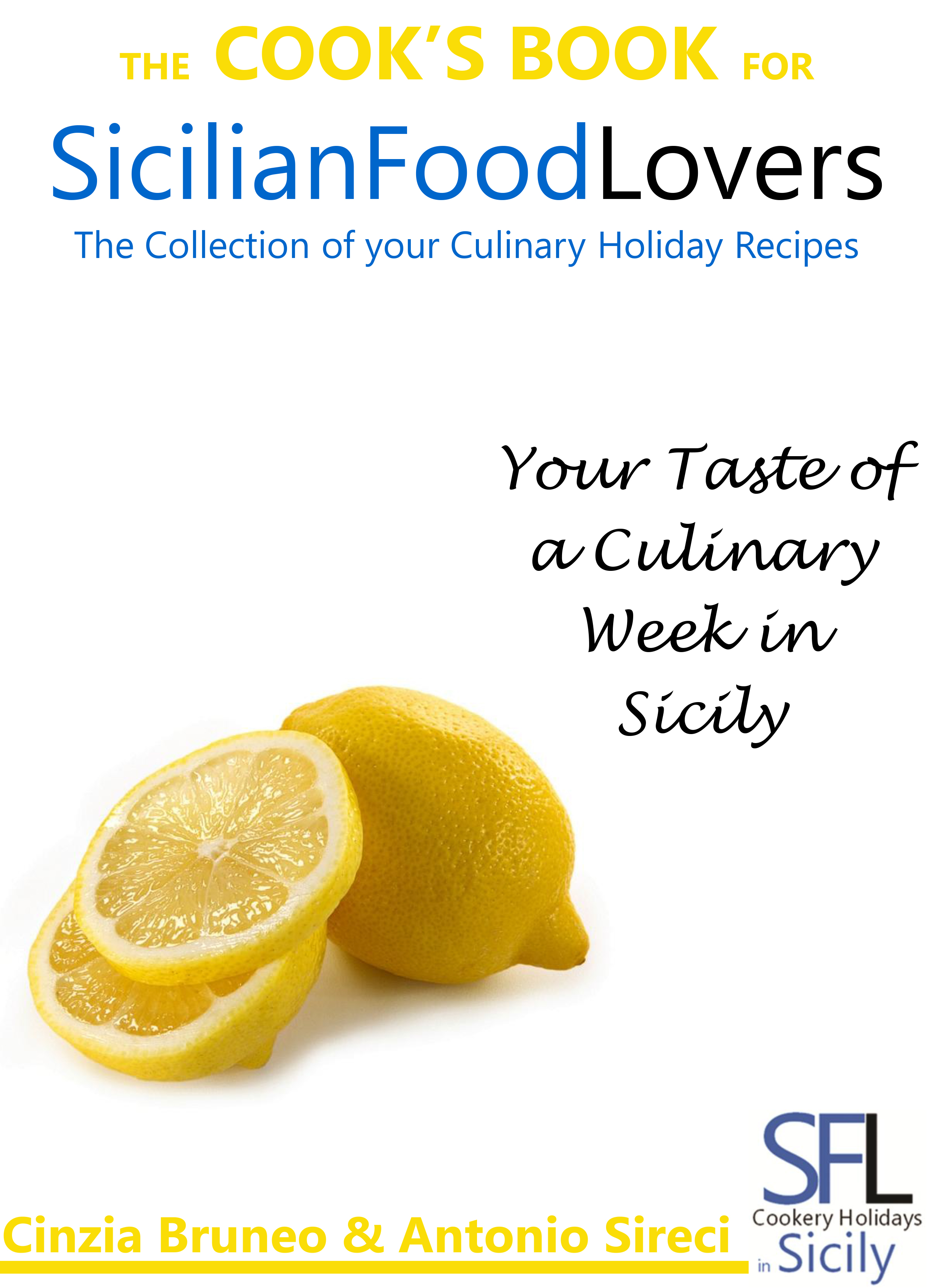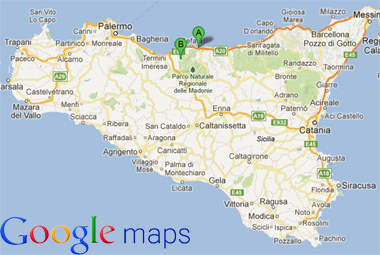Home » Our Excursions
Our Excursions
° Palermo and Monreale
° Taormina
° Cefalù
° Castelbuono and Abbazia Santa Anastasia Winery tour
° Pollina and Manna tour
° Winery and Cheese tour in Madonie Mountain
***
For any other excursion (Siracusa, Noto, Piazza Armerina, Agrigento), please opt for a taylormade course. Ask for any information
______________________________________________________
Excursion to Palermo and Monreale*
This is our first day together. After breakfast (h 9:00) we start the exploration of this marvelous town. Of course, we have not enough time to see most of the things which characterize Palermo. This town, like many others everywhere in the world, would need – let’s say – one month! And we have few hours…! This is a walking tour thanks to the fact that Palermo – for its urban structure of Arabic influence full of narrow streets and lanes – is well suited to do a walking tour

We start from the Politeama square with the Politeama Garibaldi theater (exterior only). It is a grandiose theater built between 1867 and 1891 in shapes inspired by ancient Rome. At present the Theater can seat up to 950 spectators and is home to a popular concert season. The palm garden in front of the theater is the site of a music stage, a wonderful Neoclassical work dating from the end of the 1800’s. Here at Politeama square the main city streets meet: Emerico Amari street – the road that connects the square with the harbor of Palermo, 543 mt -, Ruggero VII street, Dante street, Libertà avenue

We continue along Ruggero VII street, “lounge” of Palermo, we pass the Church of St. Lucia and the kiosk Ribaudo, beautiful Liberty style testimony of Architect Ernesto Basile, we are already in Giuseppe Verdi square where stands, in all its majesty, the largest theatre of Europe for its stage: the Theatre Massimo (exterior only). It is the most important theater in Palermo and the biggest in Italy. With its ancient and neoclassical exterior, it is situated on the site between a Church and a Monastery, demolished at the end of 1800’s in order to start the construction of this prestigious theatre. The front of the theater resembles a classic temple. A delicate flight of steps leads up to a vestibule hold above six Corinthian tuff columns on a podium with a monumental staircase adjacent to two bronze lions ridden by the allegorical representation of Opera and Melody. Surrounding the theatre is a huge dome with a metal spine which, thanks to a modern system of rollers, is able to move along allowing brilliant acoustic in climate changes. The use of columns and arches is repetitive but only in order to create a representation of a classical era. The gallery of the theatre is able to hold up three thousand viewers, as it has five floors of boxes
Continuing along Via Maqueda, ancient commercial street in Palermo, full of churches and historic buildings, we come accross the street Candelai, multiethnic and nightspot Movida heart of Palermo. We arrive at Vigliena square commonly known as Four Canti or Octagon or Theatre of the Sun which cuts exactly into four parts Palermo’s city historic center map

Passing the beautiful Church St. Joseph of Theatine and continuing along the Cassaro (Vittorio Emanuele street) for a few minutes to get to the Cathedral of Palermo (exterior only) full of styles from various periods
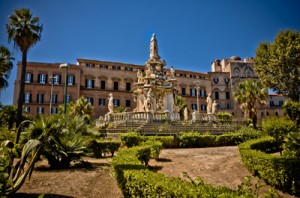
From the Cathedral of Palermo we continue on towards Piazza della Vittoria (Victory square) to reach the Royal Palace or Palace of the Normans (exterior only), home of the Sicilian Regional Government
Returning to our path through the inner lanes there are old Arab quarters to view along the way. Firstly we pass the Church and the community of St. Clare, we cross the piazzetta Pietro Speciale (Special Peter little square), via Maqueda (Maqueda street) to arrive at Piazza Pretoria, (Pretoria square) where the Community Building is, also known as the Square of Shame (for its nude statues). A viewing of the Church of the Martorana also known as Santa Maria of Admiral and St. Cataldo famous for its red domes of Arab style, and along the way Discesa dei Giudici (Descent of Judges), we come to Via Roma, the city’s main road that connects horizontally from the central train station to the new area. We cross the Corso Vittorio Emanuele, overcome the Teatro Biondo (Biondo Theatre) and descend through one of the most characteristic steps of Palermo, Discesa Caracciolo (Caracciolo descent), to arrive in the heart of the historic market Vucciria. Coherently with our week holiday, we decided the best way to finish this tour is to admire the authentic everyday life of people here

The historic open markets
There are 4 historic markets in Palermo: Vucciria and Capo (near the majestic Massimo Theater), Ballarò (near the central train station) and Borgo Vecchio (near the port – open 24hours). They are an authentic picture of the past which lives on in the present. They have remained unchanged over time and give to the modern visitor the same atmosphere, the same perfume, the same colors that offered the Arab merchants of the tenth century. Between rumors, traffic jams and chaos of the city center, these places seem anachronistic as they immediately highlight the contrast between old and new, past and present living in the heart of Palermo. There are no neon signs but huge lamps … do not be afraid to go in and, once there, let you enjoy an extraordinary and genuine hospitality. The peculiarity of these markets is that have survived the bombing of progress and globalization. Enjoy the fragrances emitted by the products displayed and the bright colors of fruits and vegetables on display in the sunny stalls. Here there is no background music, indeed, the music is provided by sellers who, loudly and in a dialect incomprehensible to the foreigner invite you to purchase their product. The scents of foods and spices that come from the stalls mingle in an extraordinary fragrance that you may hear only here: sandwiches with fritters or bread with spleen, or bread with panelle or sfincione (fluffy pizza with onions, anchovies, cheese, tomato)
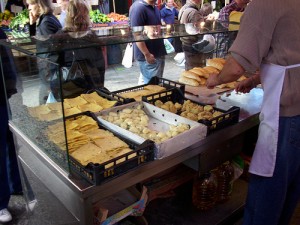
And we have time before living Palermo for … street food!
Cheap, fast, tasty: street food is also a great way to learn about traditions and culture of Palermo and Sicily. They call it Street Food, the art of eating on the street. Invented some three thousand years ago it has always been here. Perfect way to get to know a city through its gastronomic traditions and discover the flavors of traditional dishes using local poor. Nothing to do with what you know as “fast food”…
The World’s Top 10 Cities For Street Food – Palermo, Sicily“Italy is normally a slow-food, sit-and-eat kind of country, so VirtualTourist was surprised by the variety of street food in Palermo, the capital of the island of Sicily. Fried food finds include arancini (rice balls stuffed with meat sauce and cheese), crocche (potato balls), panelle (chick pea fritters), and cardoni (stalks of cardoon, aka. artichoke thistle). And of course, they do a mean Sicilan pizza.” (from Forbes)

h 12.00 – We travel to Monreale, the Medival town known for its Arab-Norman Cathedral built in the 12th century and famous for its Bysantine mosaic covered interior walls (the mosaic cycle is the second largest on earth after St Sofia in Istanbul) and the adjacent Benedictine cloister
The Cathedral of Monreale represents the culmination of a century of Norman continental and insular constructions. The outside of the Cathedral of King William II, is divided into three main volumes typical of the Western churches in Latin cross body with three naves, a transept and the apse. These volumes are added to the west to two bell towers that enclose the porch columns topped by a triangular pediment, with the typical pattern of the churches of Normandy. The surfaces of the porch were decorated with scenes from the life of the Blessed Virgin Mary to whom William II dedicated the Cathedral. In the Cathedral of Monreale the arches are beyond the usual levels Normans, and mullioned windows with three lights, giving way to big mosaics (more than six thousand square meters)

The quality of the mosaics is not constant because of the different expressiveness in the design. Anyway, the execution was commissioned to artists from different backgrounds, both Byzantine and local Muslims. The drawings depict scenes from the Old and New Testaments are a theological work (because they speak of God) and theophanic (because they show God) in an orderly according to the Bible, beginning with the seven days of creation and ending with the Gospel of the Apostles, who founded the Church of Christ. Everything culminates in the apse with Christ Pantocrator and his heavenly court of angels, prophets and saints
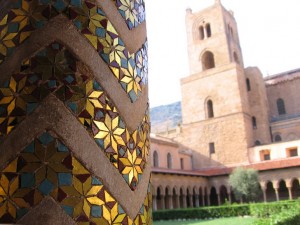
The ceiling with wooden trusses polychrome was rebuilt in 1816-37 after a fire in 1811 following the original design. The floor with large disks of porphyry and granite and marble bands intertwined is the original and dates back to 1559. To visit the Cathedral of Monreale means visit also other internal works of art: three marble sarcophagi of 1846, rebuilt on the original one destroyed by fire in 1811, containing the remains of Marguerite of Navarre and his sons Roger and Henry, the altar to Louis IX, King of France; a shrine of marble with reliefs Gagini (Pietà, Annunciation, SS. Peter and Paul); porphyry altar with ornaments in silver and gilded bronze, the work of L. Valadier in 1771; a marble tomb of William II the Good rebuilt in 1575, a porphyry tomb of William I of the twelfth century.The Chapel of St. Benedict (1569), built as the burial place of the Benedictines, with the altar, “Apotheosis of St. Benedict” of I. Marabitti (1766), next to the Chapel of St. Castrense in a simple style, with a picture of P. A. Novelli “S. Castrense” (XVII cent.) Near this chapel a statue of the late sixteenth century “St. John.” Crossing the rich chapel of the Crucifix (on the altar crucifix of the fifteenth century) , leads to the Treasury, consisting of a baroque shrine, called the “Holy Thorn”

The Cloister – The space of the cloister (47 x 47 m) is located on the south side of the Cathedral. The pointed arches resting on columns and open to the garden of the Benedictine convent. Each side of the square is composed of 26 arches. The order of the square space is accentuated by the inwards presence of the small cloister of the fountain. The fountain has a round pool from which rises a column shaped like a palm tree, topped by a sphere and marble figures and leaves in relief. It deserves special attention for the quality of the fine sculptures, the capitel of the Dedication (19 ° west side), where King William II offers the Duomo to the Child Jesus in the arms of Madonna. The most sculptural motifs on the capitals reproduce the reasons expressed by the mosaics inside of the Cathedral

______________________________________________________Back To Top
Excursion to Taormina*



This is a great day …
Taormina has been one of Sicily’s top travel destinations since it became part of the European Grand Tour in the 19th century and Sicily’s first resort. Taormina is a popular resort town in Sicily with many interesting sights and attractions. It has remnants of its Greek and Roman past, a medieval quarter and castle ruins, and modern shops and restaurants. Perched on the side of Monte Tauro, the town offers fantastic views of the coast and Mt. Etna volcano as well as good hiking paths. Below Taormina are beaches, coves, and a peaceful sea perfect for swimming. There are paths between the town and the coast
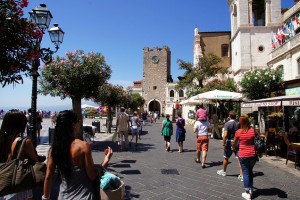
You will visit the most panoramic square “Belvedere square” with its unique breathtaking view over the Messina coast line, all the Taormina bays, the Catania coast line and our Etna volcano in the background

The Greek Theater which was built in the third century B.C., renovated by the Romans, and is now used for summer performances. The theater, built into the hillside, has excellent acoustics and spectacular views of the sea and Mt. Etna

The Medieval Quarter – a clocktower gate serves as the starting point for Taormina’s picturesque medieval section with its narrow streets and old shops now selling modern clothing, crafts, and souvenirs. Here is the historical centre of Taormina and you will have your own free time to explore the village, stroll the mean streets and narrow ways with picturesque corners and nice shops. We can suggest a good local place to let you have something to eat (cost not included). Taormina’s center, especially Corso Umberto, is a good place for shopping. There are many shops selling high quality items, mostly from Sicily, although you’ll find designer fashions and jewelry from mainland Italy, too.

There are shops for fashion, jewelry, crafts, mosaics, ceramics, puppets, porcelain dolls, and other souvenirs
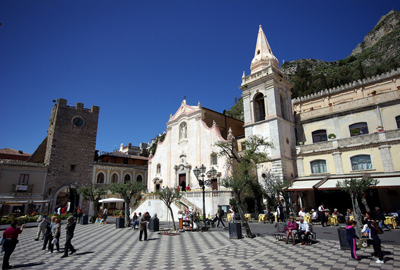 And, in the historic center there are splendid squares everywhere
And, in the historic center there are splendid squares everywhere
One of the best squares here is Piazza IX Aprile with great sea views
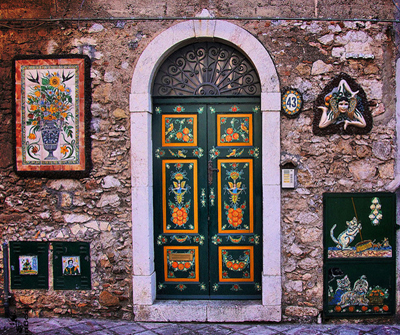 In Piazza Vittorio Emanuele (square) is located the Taormina’s tourist office in the unique Palazzo Corvaja, a mix of Arab, Norman, and Catalan-Gothic architecture. In the square are Santa Caterina Church and remains of a small Roman theater
In Piazza Vittorio Emanuele (square) is located the Taormina’s tourist office in the unique Palazzo Corvaja, a mix of Arab, Norman, and Catalan-Gothic architecture. In the square are Santa Caterina Church and remains of a small Roman theater
A Baroque fountain with a centaur, the symbol of Taormina, is at the center of Piazza del Duomo. The Church of San Nicola also called the fortress cathedral, was built in 1400 over an older church. It has pink marble columns and interesting carvings. Its main portal was rebuilt in 1636 and has a Reniassance-style rosette
We travel back to the accomodation at h15:30
______________________________________________________Back To Top
Excursion to Cefalù*

Cefalù walking tour starts at 9:30 and it lasts about 1 hour and half
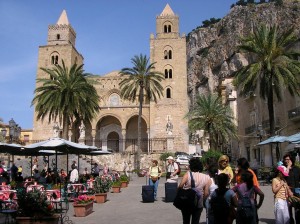
In Piazza Duomo a tour into the Basilica del Santissimo Salvatore is a must. The Cathedral was built in Arab-Norman style in the 12thcentury (1131) and later embellished with Byzantine mosaics. The vivid figure of the Cristo Pantocratore dominates the high part of the apse’s area of the Cathedral
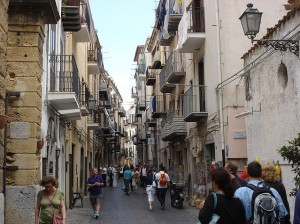
Keep walking down the main street – Corso Ruggero – towards Piazza Crispi and then into Via Bordonaro where you can find Il Molo – The Pier -. Here the Megalithic Wall and their impressive sight represent a very characteristic feature of the town. Along Via Vittorio Emanuele on your left into Via Mandralisca you can find the namesake Museum, that holds paintings of the 15th century, including the famous Ritratto d’Ignoto (Portrait of Unknown) by Antonello da Messina and several archeological finds
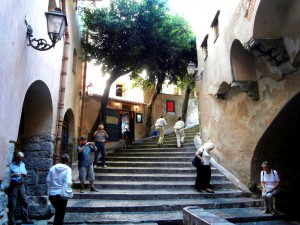
Back into Via Vittorio Emanuele you will find The Medival Washhouse, an ancient public washhouse built from molten rock adjacent to the river
Walking towards Piazza Bagni Cicerone, in Via Spinuzza you will be amazed by the beauty of the Cicero Theater, recently restored
In Via Amendola you will find the Osterio Magno, Roger II’s ancient dwelling, built in two separate ages.

From Via Carbonari walking towards the Rock and following the hilly path you can reach several archeological sites some of which go back to the Prehistory like the Giumenta Grotto. Also you can admire the monumental pre-historic Sanctuary called Tempio di Diana (Diana’s Temple), megalithic building of the fourth century B.C. and the Crenellated Walls, ruins in Byzantine style located in the highest part of the Rock
Right at the bottom of the Rock, you will be introduced to one of the oldest handicraft tradition in Sicily – the handmade-handpainted-handfired ceramic. You will see an example of terracotta being painted; and have the chance – if you want – to purchase directly from them (no middle man!). They can ship anywhere in the world

www.ceramichesireci.it – http://www.facebook.com/ceramichesireci
Rest of the morning free for shopping or relaxing
Lunch on your own
Meet at h2:00 at Piazza Garibaldi (right at the bottom of the rock in front of Ceramiche Sireci Showroom) to travel back to the accomodation
______________________________________________________Back To Top
Excursion to Castelbuono and Santa Anastasia Winery*

Enjoying food in Sicily means tasting great wine, too!

After breakfast (h8.30) we travel to an ancient monastery which is now known as Santa Anastasia winery to understand their extra-vergin olive oil and wine-making production process. Abbazia Santa Anastasia is a pure Sicilian eden steeped in a natural landscape of breathtaking beauty between the Mediterranean and the Madonie mountain range. It forms a world of its own, a tightly knit community much as the original abbey would have been in the 1100s when it was founded.
After a visit to the planting and to the wine cellars, wine tasting are provided
After that we travel to Castelbuono

We are in the heart of the Madonie National Park, which is situated south of Cefalù and it is the big natural resort in Sicily incorporating 15 villages and towns, with old-style costumes and traditions and one of those is Castelbuono. We may say it is the capital of the Madonie known as the town of the Ventimiglias, a powerful noble family who ruled the town between the 14th and the 16th centuries. As all the villages in the Madonie, all around the village you can admire an exquisite attention to details, to order and cleaning … Among other things, the town has stopped using garbage trucks to collect the trash and recycling — and started using DONKEYS instead (Castelbuono is a Zero Waste town)
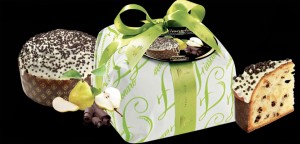
Castelbuono beyond the magnificent architecture (we will be given a private tour of the 14th Castle around which the village of Castelbuono was built) hides many culinary specialties such as wonderful honey, sweet wines and manna-based cakes. We visit the world wide local cakes producer Fiasconaro in the historic city center. In the lovely Piazza Margherita is the confectionary of the Fiasconaro Brothers, a truly excellent Shop of Flavours where Sicilian, and more specifically, Madonite traditions meet goodness. You will be invited to try the famous, fragrant “Mannetto” (Panettone with Manna) with citrus fruit and hazel nuts….a real delight! You will also be able to try the delicious torroncini (a kind of nougat) and jams…all accompanied by highly fragrant home-made lemon and Indian fig liquors. Free taste of those magnificent artisanal products are provided
And, here we are … the Ventimiglia Castle
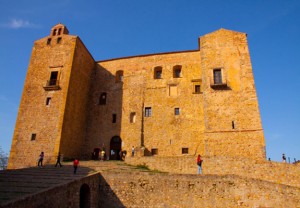
The construction of this castle began in 1316, by order of Count Francesco I of Ventimiglia, over the ruins of the ancient Byzantine town of Ypsigro, high on the San Pietro hill. Hence its original name, “Castello del buon aere” (“Castle of good air”), from which the name Castelbuono is derived – literally meaning “good castle”. Numerous drastic alterations were made in the 17th century for reasons of accommodation, when a number of Ventimiglia families moved here from Palermo – the castle never served any really strategic purpose, owing to its geographic position down valley. The construction presents Arab-Norman and Swabian features: the cube shape recalls Arabic architecture; the square towers, although incorporated into those of the façade, reflect Norman architectural style, as also the battlements; and the round tower recalls aspects of Swabian architecture. The structure is on three floors, the first floor for the servants, with the essential services, the second for the nobility, with the sumptuous Cappella Palatina, and the third for the court and for guests. The Cappella Palatina (“Palace Chapel”) was built in 1683 by the brothers Giuseppe and Giacomo Serpotta, with a great profusion of precious marble, stuccoes, putti, and friezes that commemorate the most resplendent moments in the history of the House of Chiaramonte. Here is kept the holy relic of the skull of St. Ann, in an urn that acts as the pedestal to the sculpted bust of Castelbuono’s patron saint. There are also the traditional underground dungeons and a tunnel that leads to the Church of San Francesco. The castle is supposed to be haunted by Quenn Constance Chiaramonte, who it is said runs along the corridors, regular as clockwork, every first Tuesday of the month.

After that we move to the typical Thursday open market where you can freely spent times for shopping among those curios stalls or browse and watch the locals “go shopping at the market”
Rest of the morning free. Lunch on your own
Meet at h2:00 at the bottom of the market street to travel back to the accomodation
______________________________________________________Back To Top
Pollina and Manna Tour*

After breakfast (h9.00) we travel to one out of the 15 villages of the Madonie mountain: Pollina, a small medival urban centre dominated by the Tower of the Ventimiglia Castle
Beautifully positioned at the top of a hill, atop a 765-metre rocky spur, its position provide unforgettable views across to the Tyrrenian sea, to the Rock of Cefalu, as well as to the Madonie and Nebrodi mountain ranges and Mount Etna!

This internal region between the Northern Coast and Central Sicily has a wealth of ancient small villages, where many people still live according to the Sicilian traditions. 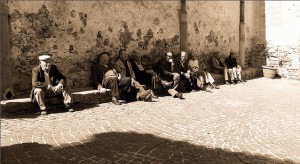 We’ll walk through the streets of this small village through the narrow cobblestone streets with children that – if not at school – are everywhere playing football while the old men sitting around the town square are looking at them.
We’ll walk through the streets of this small village through the narrow cobblestone streets with children that – if not at school – are everywhere playing football while the old men sitting around the town square are looking at them.
We reach the Amphitheatre of Pietra Rosa (Pink Stone) due to the colour of the stones at the sunset. From there the view over the valley is absolute enchanting
And, this is the place where Manna really exists. Here Manna, the same sent by God to the People of Israel during the forty-year of wandering through the desert after the liberation from slavery in Egypt, does not fall from heaven but drips from ash trees. When you taste a bit of it, you can nothing but think to honey and almond as far as you even convince yourself to smell the perfume as well

We visit the local famous producer of Manna – the sixty-year-old Giulio Gelardi, Giulio for friends!!! who will introduce you to the secrets of Manna, to its different uses and to its production (the production in July and August only, when Manna is produced). The process of Manna production is preserved by a Slow Food Presidium so the tradition can be passed down for generations to come

Giulio says: “It can be considered as a sweet or a salty product depending on how it is used”. He has been studying manna for thirty years, furthermore he knows by heart the letters by Saint Catherine of Siena who loved Sicilian manna. So, if you tell him about the Torah manna, Gelardi answers you by citing the Nordic myth of the ash tree where Odin died and then was born again getting to the full knowledge. “I have found out some esoteric recipes according to whom manna has some aphrodisiac powers. Do you want to see them?” he continues tirelessly. And “remember that in Greek mythology ash tree nymphs, the meliae, are ancient and warlike”. It is not a joke about them. The tree must be carved, not wounded. When trying to carry him back to nowadays, Gelardi looks at you sympathetically. “Food is culture, otherwise it does not feed and just helps people survive”. That is true, but culture cannot be eaten. Instead it can. In the form of chocolate for example. The Man-chò, produced with Gelardi manna by Quetzal and Don Puglisi cooperatives in Modica, has won the Eurochocolate for innovation. “I have explained to the panel. You award prizes for novelties. But this novelty dates back to several centuries ago. The man-chò is based on the recipe of an abbot who lived in the 17th century.  The manna of Gelardi’s 500 ash trees was awarded in 2008 by foreign press as the product which “best contributes to protect nutritional values of Italian agriculture, food and wine. It is worth at least 150 euro per kilo because it is pure. In Turin during Terra Madre, the international biennial event, which has introduced to the five continents’ governments the foundation of the same name, were hundreds of academics from all over the world who listened to the story of a man proud to be a “farmer wearing muddy boots”. “Manna is certainly a miracle” says nowadays Gelardi. “And all the nature as well”. He continues: “First of all it means beauty as between the end of July and the beginning of August you can see ash trees bleeding thousands of white filaments that drip into the fleshy bowl of Indian fig leaves. Can you imagine what enchantment?”. Indeed, this is not all. “The real miracle is the relationship between man and tree. The ash tree grows everywhere but manna is uniquely produced here, that is in the places where Greeks lived in many centuries before Christ”… (Iria Cogliani – Itam Comunicazione)
The manna of Gelardi’s 500 ash trees was awarded in 2008 by foreign press as the product which “best contributes to protect nutritional values of Italian agriculture, food and wine. It is worth at least 150 euro per kilo because it is pure. In Turin during Terra Madre, the international biennial event, which has introduced to the five continents’ governments the foundation of the same name, were hundreds of academics from all over the world who listened to the story of a man proud to be a “farmer wearing muddy boots”. “Manna is certainly a miracle” says nowadays Gelardi. “And all the nature as well”. He continues: “First of all it means beauty as between the end of July and the beginning of August you can see ash trees bleeding thousands of white filaments that drip into the fleshy bowl of Indian fig leaves. Can you imagine what enchantment?”. Indeed, this is not all. “The real miracle is the relationship between man and tree. The ash tree grows everywhere but manna is uniquely produced here, that is in the places where Greeks lived in many centuries before Christ”… (Iria Cogliani – Itam Comunicazione)
Free taste of Manna, Man-chò and other products Giulio produces with manna such as for example liquors, marmelade … are provided
A nice packed light lunch provided by the accomodation to enjoy under the trees in this unspoilt and enchanting part of the world
We travel back to the accomodation at h2:00
______________________________________________________Back To Top
Winery and Cheese Tour in Madonie Mountain*
This is our cheese and wine day!
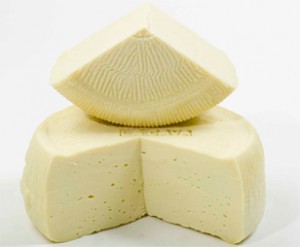 After breakfast (h9:00) we travel to the farmhouse of a small local biological cheese producer to meet Sandra Invidiata. Demonstration of the techniques of producing Sicilian cheese: tuma, caciocavallo and ricotta with typical recipes and, of course, cheese tasting are provided. The process of this cheese production is preserved by a Slow Food Presidium so the tradition can be passed down for generations to come
After breakfast (h9:00) we travel to the farmhouse of a small local biological cheese producer to meet Sandra Invidiata. Demonstration of the techniques of producing Sicilian cheese: tuma, caciocavallo and ricotta with typical recipes and, of course, cheese tasting are provided. The process of this cheese production is preserved by a Slow Food Presidium so the tradition can be passed down for generations to come
After that we travel to Tasca d’Almerita winery for a day dedicated to one of the best sicilian wine
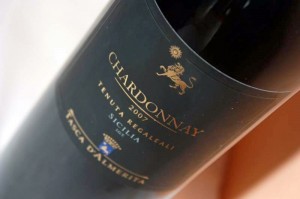 Tasca d’Almerita is a fine wine producing estate in Sicily with an aristocratic background. It was founded in 1830 and has been the point of reference for ultra high quality wine for over 100 years. These days, Sicily is making some of the most exciting wines in Italy and Tasca d’ Almerita has plenty of competition, and anyway this winery regularly gets top marks in the wine press and now has faithful followers all over the world; they export to over sixty countries!
Tasca d’Almerita is a fine wine producing estate in Sicily with an aristocratic background. It was founded in 1830 and has been the point of reference for ultra high quality wine for over 100 years. These days, Sicily is making some of the most exciting wines in Italy and Tasca d’ Almerita has plenty of competition, and anyway this winery regularly gets top marks in the wine press and now has faithful followers all over the world; they export to over sixty countries!
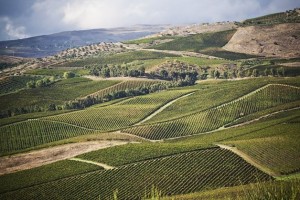 The Tasca d’ Almerita estate is set in pristine countryside. The winery is located on the Regaleali estate close to Vallelunga Pratameno and is one of the most beautiful in Sicily. While much of central Sicily is dry and arid, the area around this wine estate is lush and verdant, with scenic rolling hills. Both indigenous and international grape varietals are planted from the ubiquitous Chardonnay and Cabernet Sauvignon to flagship Sicilian varietals like Nero d´Avola, Nerello Mascalese, Catarratto and Inzolia. Tasca´s wines are often blends of both local and foreign varietals. Apart from vast stretches of over 1000 hectares of vineyards (beautiful at harvest time!), the estate is also a working farm and they cultivate all manner of vegetables, herbs, and fruits. A full time cheesemaker is also on site
The Tasca d’ Almerita estate is set in pristine countryside. The winery is located on the Regaleali estate close to Vallelunga Pratameno and is one of the most beautiful in Sicily. While much of central Sicily is dry and arid, the area around this wine estate is lush and verdant, with scenic rolling hills. Both indigenous and international grape varietals are planted from the ubiquitous Chardonnay and Cabernet Sauvignon to flagship Sicilian varietals like Nero d´Avola, Nerello Mascalese, Catarratto and Inzolia. Tasca´s wines are often blends of both local and foreign varietals. Apart from vast stretches of over 1000 hectares of vineyards (beautiful at harvest time!), the estate is also a working farm and they cultivate all manner of vegetables, herbs, and fruits. A full time cheesemaker is also on site
The company is owned by Count Lucio Tasca (descendent of the original owners) and run by himself and his sons Alberto and Giuseppe. Tuscan winemaker and consultant Carlo Ferrini is at the helm at Tasca d’ Almerita and is an extremely famous personality in the wine world. He is a flying winemaker and wine consultant to a flurry of cult estates in Italy including fellow Sicilian winery Donnafugata, the beautiful Tenuta San Leonardo near Trento, Casanova di Neri, (named best wine in the world by Wine Spectator) and Castello Romitorio in Montalcino, Poliziano´s Montepulciano estate, and Castello del Terriccio in the Maremma. Ferrini has been named winemaker of the year various times, most recently this year by Wine Enthusiast magazine. He is supported at Tasca d’ Almerita by a very talented including Giuseppe Tasca and Laura Orsi, and they can be credited for making fabulous wines like the hallmark Rosso del Conte and Nozze d´ Oro wines
We travel back to the accomodation at h15:30
*Those are examples of itineraries as they depend on the period you are travelling
___________________________________________________Back To Top

